Saudi-led intervention in Yemen is based on the perceived growing threat of Iranian influence in the region and has the potential of dragging other states into this new Cold War.
Events in Yemen are central to the perceived balance of power in the Arab world and highlights tensions within Islam between the Sunni and Shia. The war against ISIS has evolved into a wider regional conflict, which has brought Iran into the picture. Iran has provided considerable material aid to the Assad regime and has funded and aided Lebanon based Hezbollah, and as such has a key stakeholder in the region.
However Saudi Arabia, perceives this as a threat to its own interests and has responded with increased material and lethal aid to the Syrian rebels fighting the Assad regime, increased defence spending and has announced intentions of developing ballistic missile capability and has not ruled out development of nuclear weapons.
Saudi Arabia is using the current crisis in Yemen to project its own power and influence under the concert of other Sunni based Arab regimes. However the major concern is that Saudi led intervention against Iranian backed Houthis rebels has the potential of causing further instability in the region, and dragging other major powers into the struggle. The United States is already providing logistical support to the Saudi’s and there is considerable danger of ‘mission creep’ of unintended consequences of deeper involvement.
This is in part because the United States has a lack of clear leadership in the Middle East, and does not possess a unifying vision of what should happen in the region. In the age of perceived American decline, other regional states including Iran and Saudi Arabia have taken it upon themselves to attempt to redraw the geopolitical map with the use of proxy ways in Iraq and Syria.
Saudi Arabia has already attempted to overthrow Bashar al Assad who is a key ally of Iran in the region. In an age of American decline, Arab states have increased their defence spending with the potential of sparking a new regional Cold War and an arms race. Saudi’s action in Yemen has a further potential of destabilising the current nuclear negotiations with Iran and cause a rush to possess nuclear weapons.
As a graduate in International Relations, I know the importance of maintaining peace, stability and the balance of power in the region.
As the sole superpower, the United States needs to take it upon themselves to offer leadership and a peaceful response to the Yemen crisis, otherwise the region will be sleepwalking into a new Cold War which could potentially have dire consequences for the whole region and result in perpetual conflict.


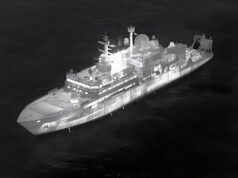


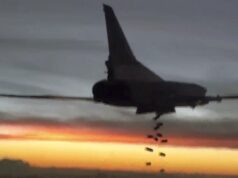
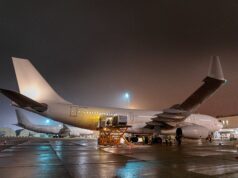

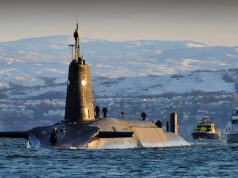


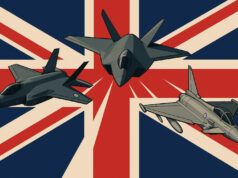

There’s no way Saudi Arabia would tolerate an Iranian-backed Shiite army on its southern border. Neither would Iran be receptive to US attempts to insert itself as a peace broker. Perhaps a United Nations peace-keeping force would work if Iran were to remove its support for the Shiite rebels. I don’t see that happening, either. The most likely outcome is stalemate with ongoing, prolonged misery in Yemen.
The photo indicates it is hardly a cold war.
Two large nations fighting each other via a proxy war. Seems exactly like the cold war to me.
The Saudi’s have boots on the ground, men in the air, direct attacks on their territory and the US Navy concluded the attack on the Saudi firgate was probably a remotely controlled Iranian speed boat. Not much proxy involvement, certainly on the Saudi side.